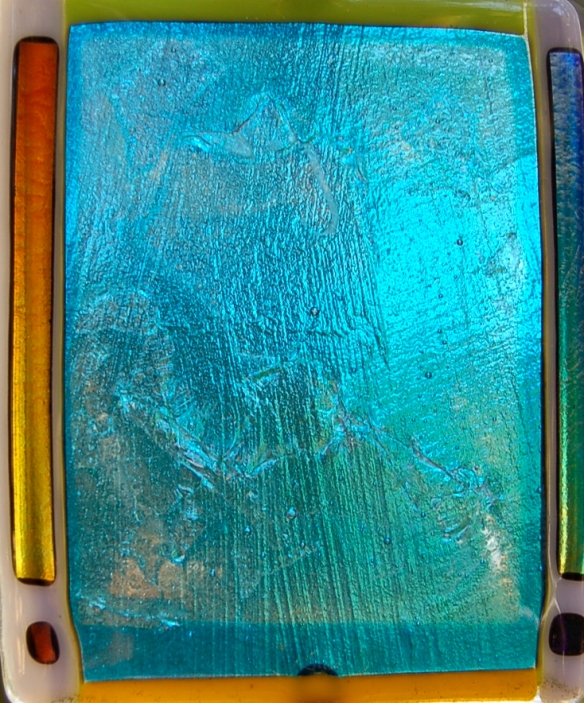Yesod is about possibility.
A core idea in Kabbalah is tzimtzum, a contraction of oneness into itself and then all universal energy exploding outward. The Big Bang, in physics terms. Yesod is the place on the Tree where that energy has made most of the circuit from big universality to here. The funnel has narrowed, and the only place to go, the next place, is the last place, you’re here and now, the smaller universe of you.
Take a moment to reflect upon the huge distance this energy has traveled to get to you. The universe channeling all that wisdom, love, and creativity into yesod, which is embracing and energizing you with its regenerative power.
It’s like riding a train where the next stop is your home station. You’re gonna disembark, and then do whatever you’re gonna do for the next part of your life. Perhaps for the rest of your life. You’re becoming changed. If you’re more cautious, think from now till autumn. But ask yourself, What am I gonna do with all this energy, this abundance of potential and strength?
Now, while all your deep work is fresh, is the perfect time to do a visioning. To move your sights to a further horizon than next week. To open the invisible channels so the universe begins to align in directions that support your best and highest good.
In the traditions of the names of God, yesod is associated with the word Elohim, which is a plural word, and with El Shaddai, the provider, which relates to abundance, the life force of creation that is self-sustaining and self-generating.
The traditional definition of Yesod is foundation. It’s the basis for all the higher energies to enter malkuth, the kingdom of the earthly realm. On the map of the body, it is associated with the sexual organs. As the procreative imagery suggests, yesod contains and suggests tremendous power.
I believe in using this paradigm as a tool for spiritual growth. It helps one transcend the distractions of daily life. Not the good parts, like love, friendship, home, adventure, and joy. But with actively shedding the stuff the grabs your ankles and holds you back from progress.
Yesod brings you the creative oomph of the four worlds to help. It’s about climbing that ladder to the 10-meter high-dive and walking to the edge.
Feel the necessity, even urgency, building in you. A sort of mini tzimtzum. Ready, ready, ready, almost go. The you who’s gonna jump will have opened a new window in whatever’s covering up your holy spark. You’ll be able to see a little further and more clearly, both into and towards your future.
Whatever makes you feel as though all things new are possible, that change is good, and that you are ready to move in a new direction……Now’s a great time to cozy up to it. Invite it home for dinner and a talk. Go dancing. Have a smooch. Because that’s the part of you who’s gonna help you optimize whatever’s coming next. The good news: it’s gonna be great fun and good for you. Hooray!!











